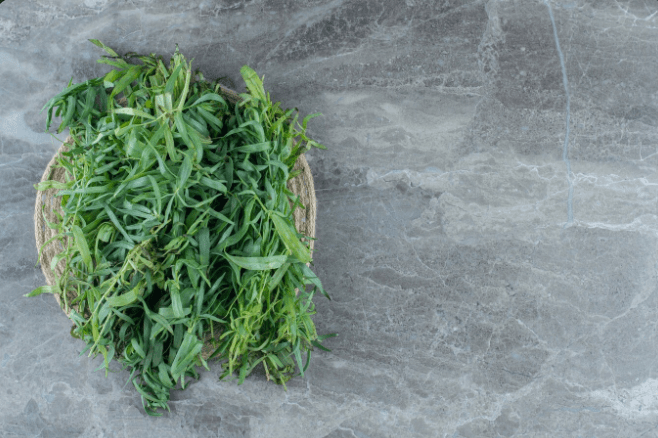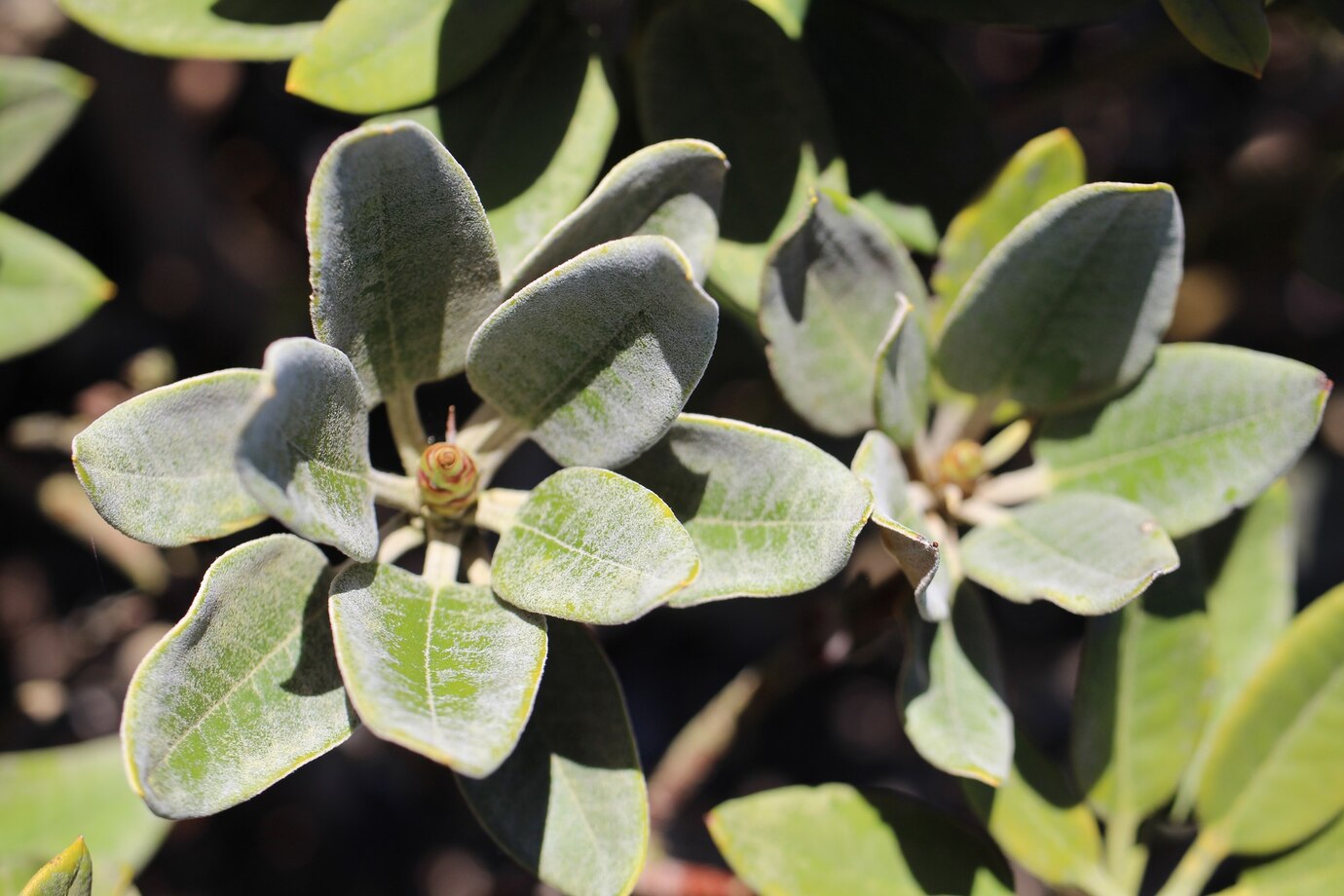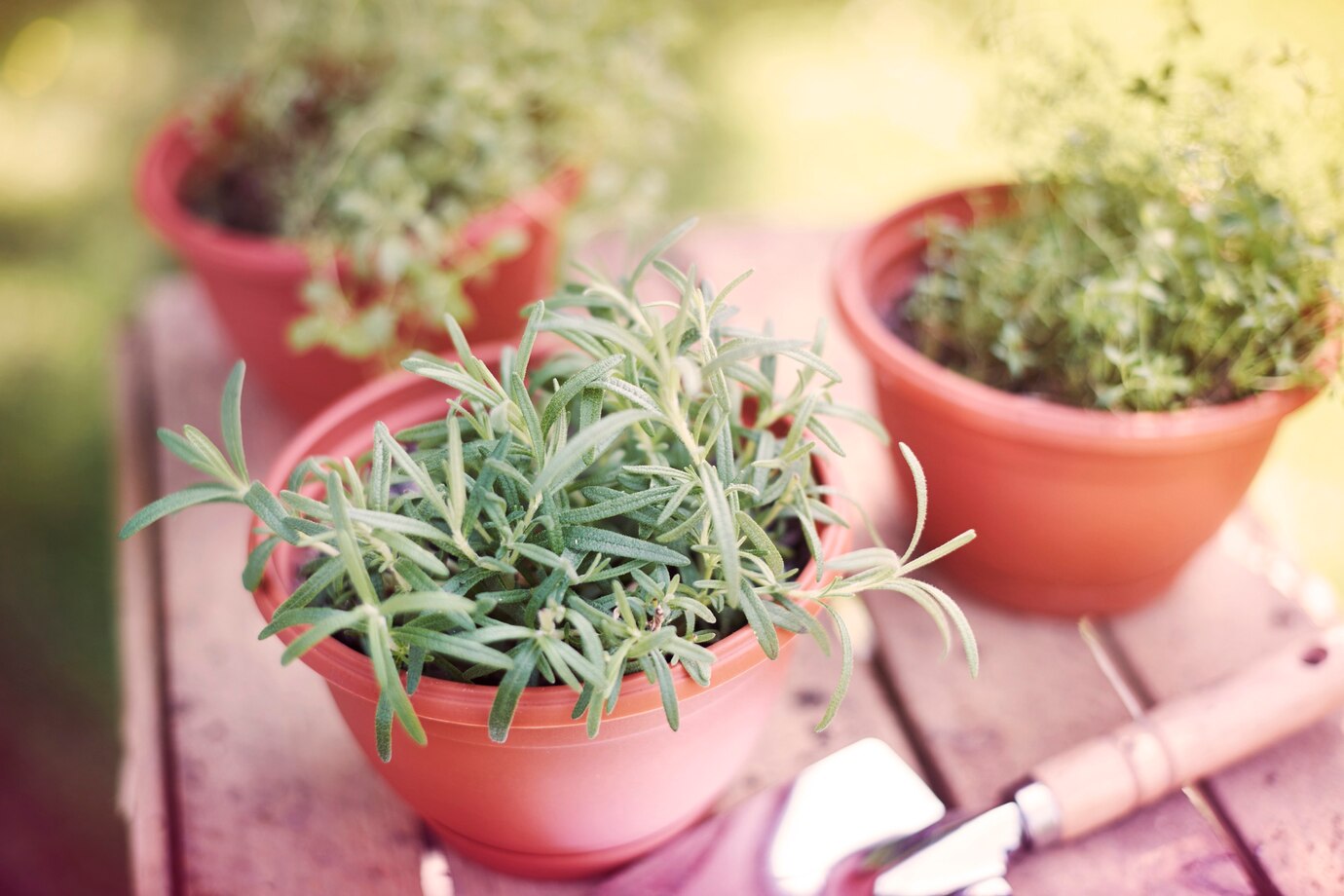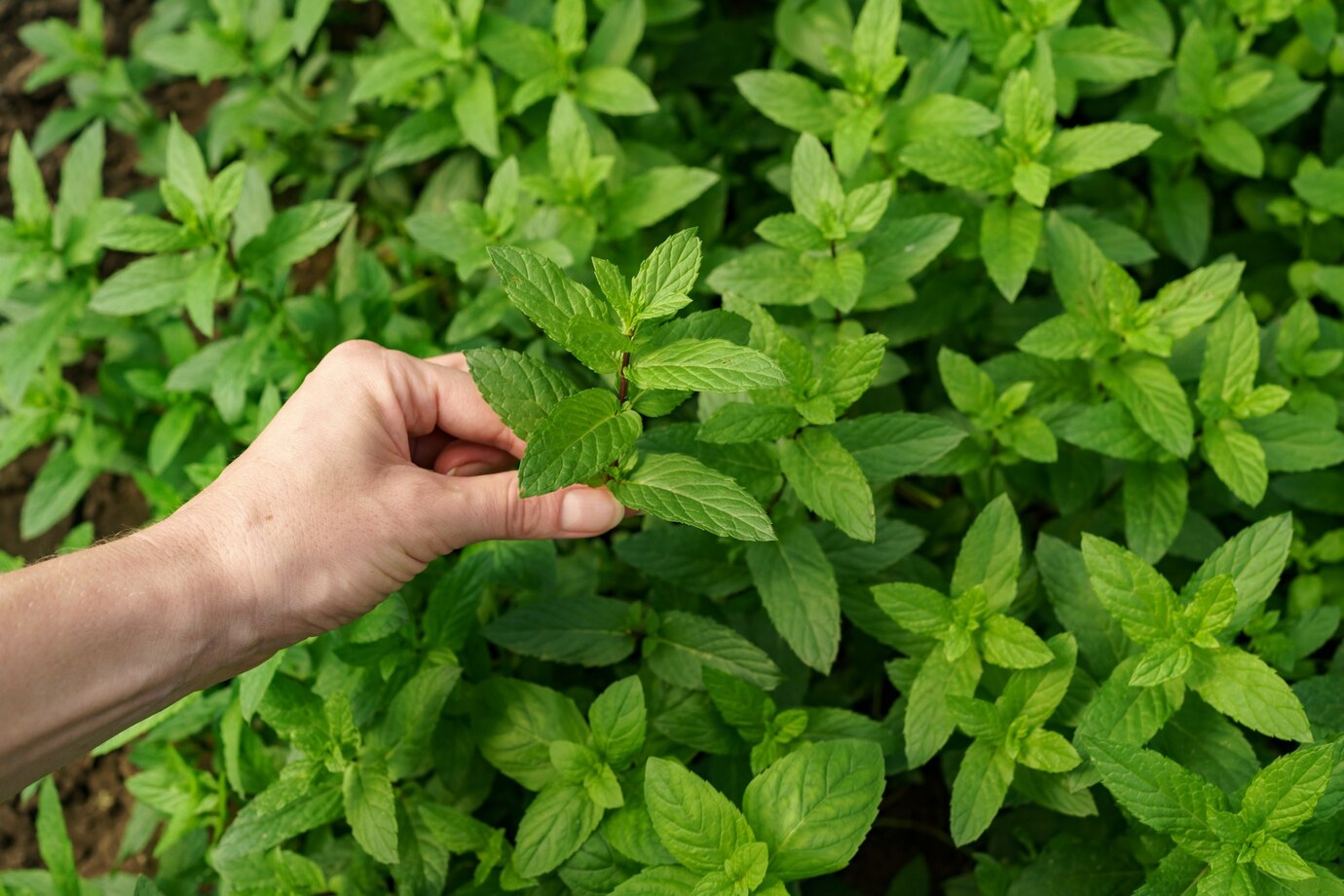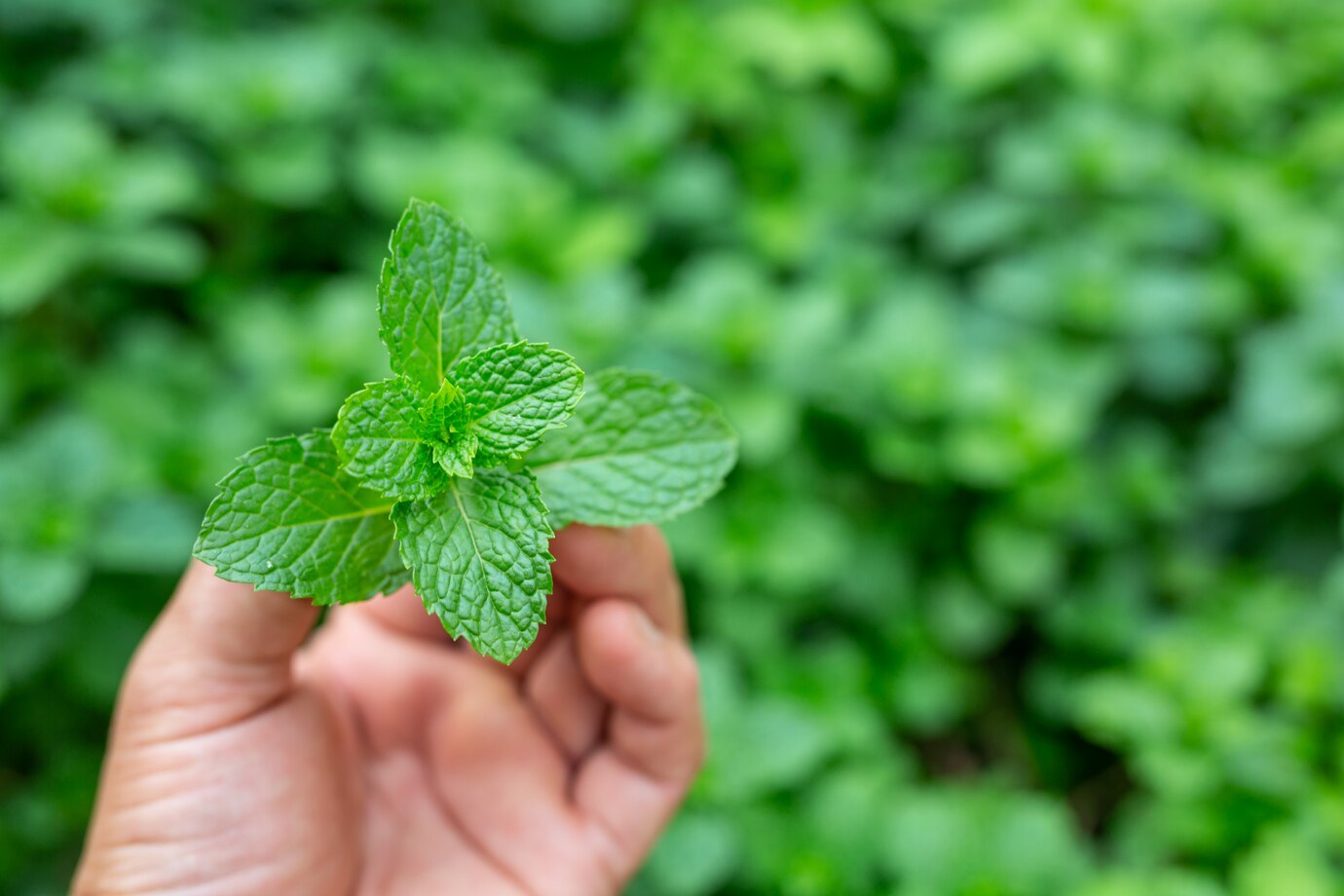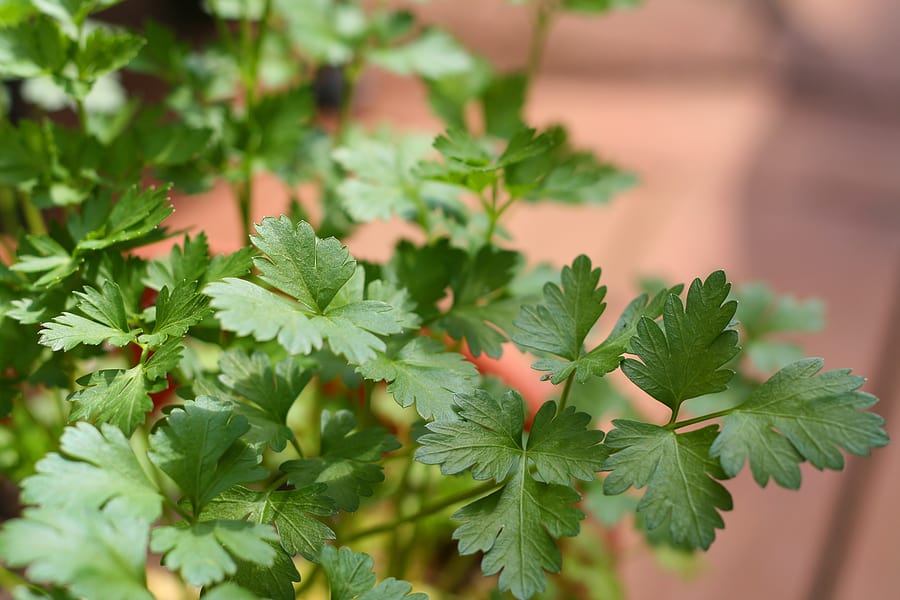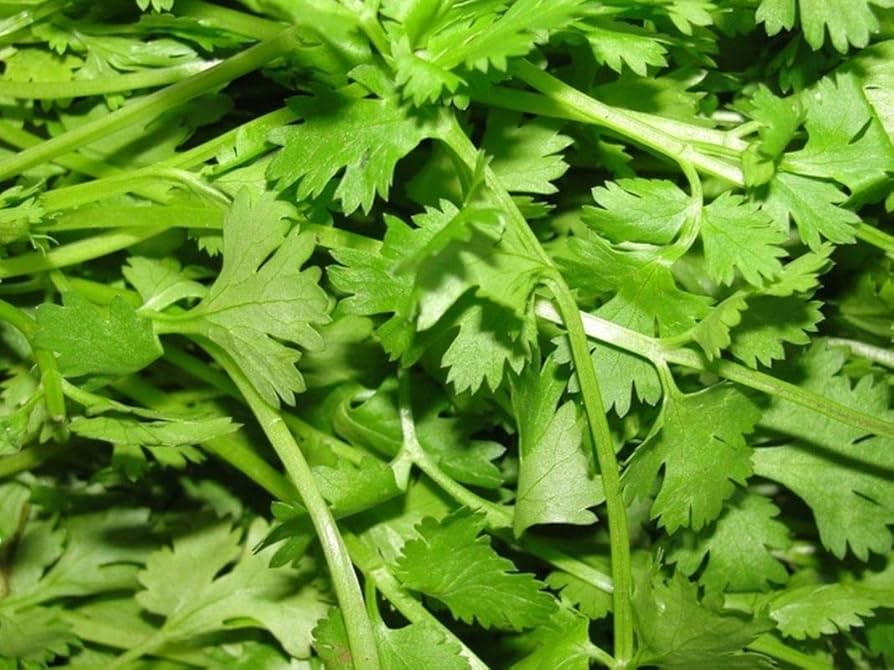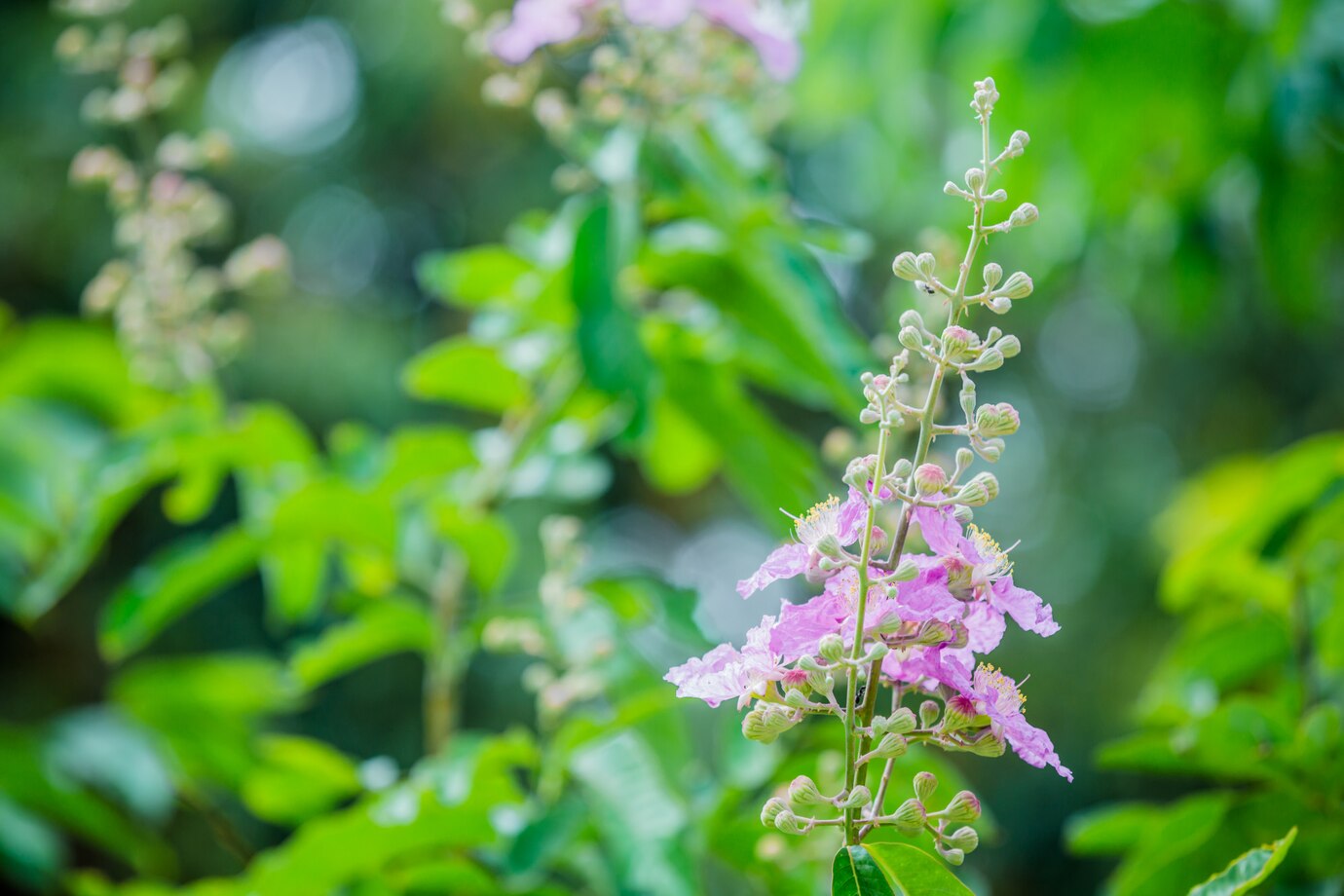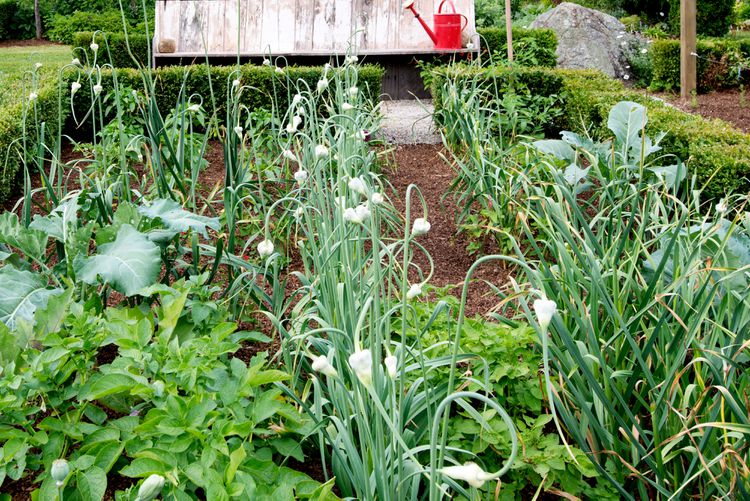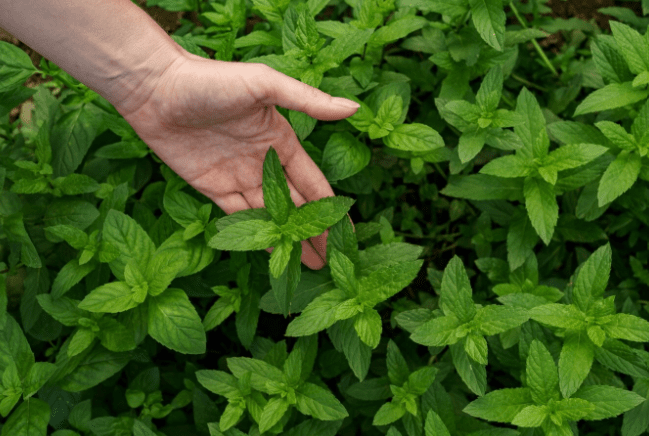Tarragon isn’t the most common herb grown in home gardens, but it’s worth cultivating, especially if you’re a fan of French cooking, where it’s a staple and traditional favorite. It’s especially known for adding depth to chicken and fish recipes, thanks to its subtle, anise-like taste.
This herb features slender, pale green leaves and can reach a height of several feet. Even a single plant can provide you with plenty of leaves for regular harvesting.
It is originally found in temperate parts of Europe and is a resilient herb that grows well in sunny areas or spots with partial shade, as long as the soil drains properly. It loves the cool weather of spring and tends to struggle in intense heat.
Table of Contents
ToggleHow to Grow Tarragon
Tarragon might not win any beauty contests in the herb garden, but it makes up for it with its bold flavor, resilience, and low-maintenance nature. Here’s a simple guide to learn how to grow Tarragon.
Cultivation
Tarragon thrives best in a warm, sunny spot that’s protected from strong winds, as this encourages the growth of its rich, flavorful leaves.
French Tarragon prefers soil that drains well and favors light, sandy types that aren’t too fertile. It struggles in damp environments, and overly rich soil can cause it to grow weak and leggy.
Russian Tarragon is more tolerant of different conditions, though it still dislikes soggy ground. Both varieties grow best in soil with a neutral to slightly alkaline pH, as acidic soil tends to stunt their development.
Similar to growing mint, Tarragon spreads through underground runners, but it does so in a much gentler way and rarely becomes invasive. To keep it contained and ensure ideal growing conditions, plant it in a container placed in a sunny location.
Tarragon Varieties
Tarragon comes in two main types: French and Russian. French Tarragon is prized for its superior flavor and is the preferred choice for culinary use. Russian Tarragon, on the other hand, is more tolerant of harsh weather but lacks the same rich taste. It’s mainly grown in regions where French tarragon struggles due to colder temperatures.
Sowing
You can start Tarragon from seed between April and May. Use small pots filled with high-quality seed compost and press the seeds firmly onto the surface; don’t cover them with soil. Keep the pots in a propagator or a warm place where the temperature stays between 15–20°C (60–70°F).
Once the seedlings are big enough to handle, move each one into its own small pot and continue growing them in cooler conditions, ideally around 10°C (50°F). After they’ve grown strong and the threat of frost has passed, gradually introduce them to outdoor weather over 1 to 2 weeks. Once hardened off, transplant them into the garden and space them about 18 inches apart.
Planting
Since Tarragon doesn’t produce viable seeds and seldom flowers, you’ll need to start with young nursery plants in early spring.
Before planting, loosen the soil thoroughly and mix in generous amounts of compost or other bulky organic material, especially if you’re working with heavy clay soil, to improve drainage.
Place the plant into the hole, adjusting the depth so it sits at the same level it was growing in its pot, with the top of the root ball even with the soil surface.
Backfill the hole with the excavated soil, mixed with additional organic matter. Press the soil down gently, water thoroughly, and sprinkle a light layer of general-purpose granular fertilizer over the area.
Tarragon plants, especially the French variety, have a relatively short lifespan. They’ll stay productive for about three to four years, but eventually, you’ll need to replace them to keep your herb garden going strong.
How to Care for Tarragon
Once your Tarragon is growing in the ground, it typically won’t need much watering during the summer. However, if your soil is very light and drains quickly, you might need to water during long dry spells.
Feed your plant once or twice in the summer using a diluted liquid fertilizer to support healthy, flavorful growth.
Snip off any flowers as they appear. This encourages the plant to keep producing tender, aromatic leaves.
In winter, the plant will retreat to ground level. French Tarragon isn’t fully cold-hardy so that it may need extra protection. Cover it with fleece, straw, or a cloche to shield it from frost. If it’s in a pot, move it to a sheltered area, such as a shed or garage, once it becomes dormant.
Proper tarragon care helps your plant stay productive and healthy, giving you a reliable harvest season after season.
Harvesting Tarragon
You can begin harvesting tarragon leaves anytime between May and late September or October. Simply snip the stems using scissors or secateurs as needed. The younger leaves tend to offer a more intense and fresher flavor compared to the older ones.
If you want to preserve Tarragon for winter, consider drying or freezing the leaves. Freezing is usually the better method, especially when using leaves picked at their peak in midsummer.
Another great way to enjoy its flavor year-round is by infusing young sprigs in a bottle of white wine vinegar. It creates a delicious homemade tarragon vinegar perfect for dressings and marinades.

